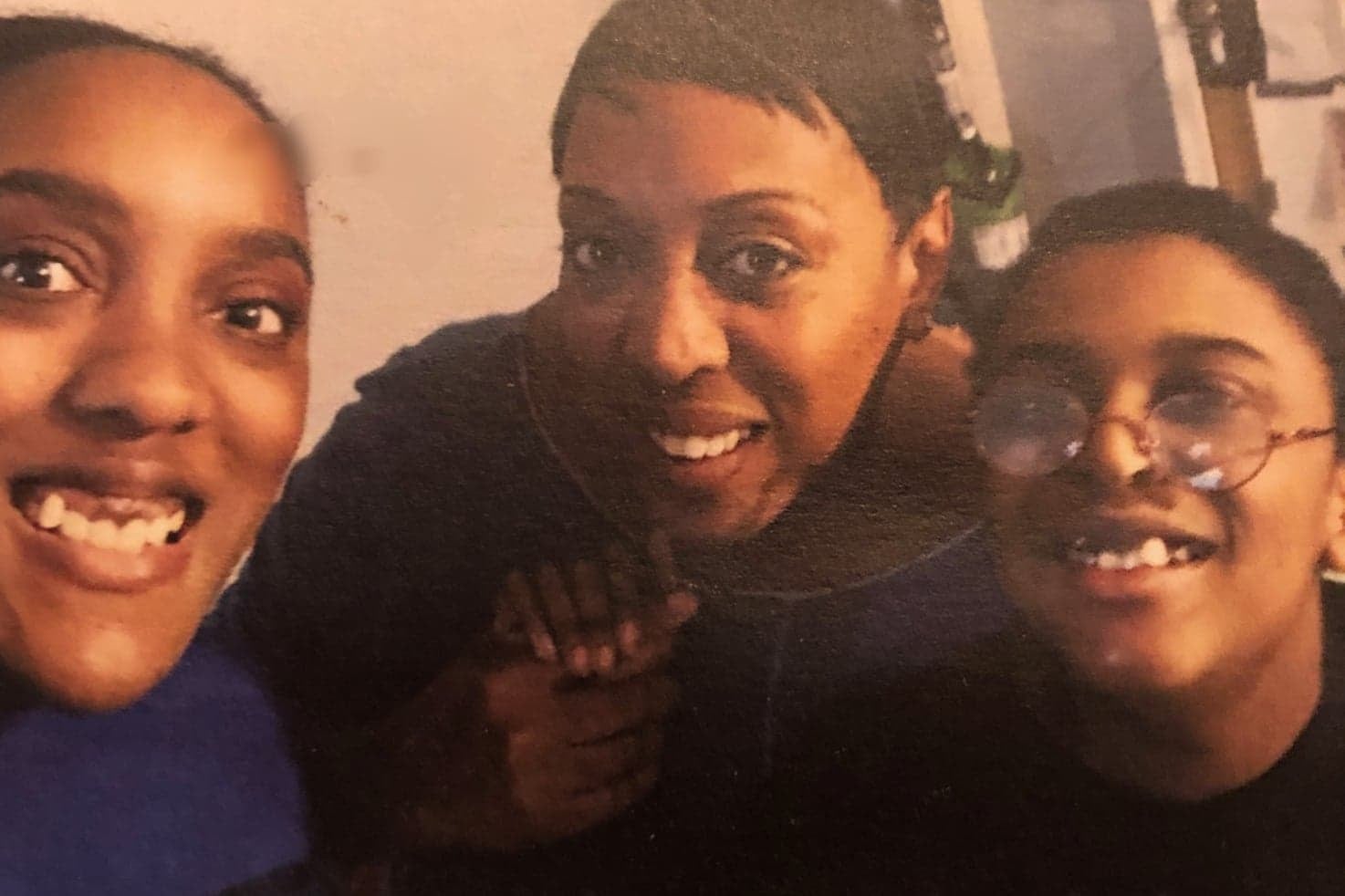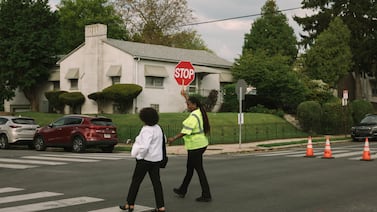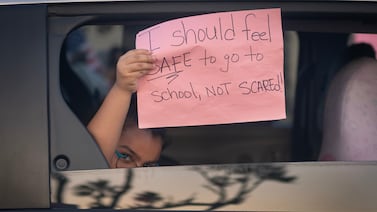Editor’s Note: This article has been updated to attribute a phrase from a story published by The Conversation.
Something was wrong with Tonya Bah’s son.
Suddenly, Keiba Bah, 19, had become agitated, sensitive, and emotional, his mother noticed. These were unusual signs coming from a teenager known by many as upbeat.
“He was overwhelmed and didn’t know how to unwind,” Bah said. “If you have ever spent time with my family everyone knows that my son never cries. He never cries.”
She later attributed the change in her son’s attitude to his increased time on social media and seeing images of Black people beaten and killed by police.
The disturbing videos of the police killings of George Floyd, Philando Castille, Eric Garner, and others are easily accessible online by young people like Bah’s son. The images, according to medical experts, can cause a form of post-traumatic stress disorder called internet trauma — and young Black students are even more at risk now that they are tethered to laptops for remote learning during the pandemic.
Like thousands of students across the city, Keiba, a senior at the Widener Memorial School in Olney, was forced by the coronavirus pandemic to be inside for remote learning. His mother said that’s where he repeatedly saw images of violent interactions between police and people who looked like him.
Internet trauma is where images (static or video) can be found online through social media, and can be traumatic for those who are watching everything from someone getting killed to watching someone being harassed or tormented or bullied, said Dr. Ian Smith, a physician and host of the newly revamped “The Doctors,” which airs on CW Philly channel 57.
“These are all types of activities that can be found online and unfortunately quite easily that can be very traumatizing, particularly for children,” Smith told Chalkbeat, adding that “even once it’s over there’s still a lot of anxiety and a lot of fear and stress that is related to the memory of the incident.”
He pointed out there are different kinds of behaviors that could signal a child has been traumatized, including regressive behavior, being clingy to parents, being afraid of the dark, wetting the bed at night, and loss of appetite.
“You may also find that the child is more withdrawn and not as socially outgoing,” Smith said. “The child may suffer from anhedonia, which means they don’t have any pleasure in anything. So things that once brought joy to them no longer bring them joy.”
Bah’s son has autism and cerebral palsy, with limited speech. Keiba’s body language had suddenly picked up on the sounds and images of the police negatively, his mother said.
“I take the screen down and have him take a break,” she said. “I recommend that although this is a regular school day, these are not regular times. They [students] don’t know to just turn away. Parents need to be assertive in how they parent and what is best for their kids.”
Some have called for a ban of such videos because of the possible effects they may have on youth, while Allissa V. Richardson, an assistant professor of journalism at the USC Annenberg, wrote that “videos of Black people’s deaths should be considered sacred, like lynching photographs.”
In a school district that is 73% Black and Latino, there’s a likelihood some students in Philly may be experiencing the same behaviors that were visible in Bah’s son.
And if a teacher is not monitoring the social activity online, it can have an effect on the children psychologically, said Andre Perry, a fellow at the Brookings Institution and author of “Know Your Price: Valuing Black Lives and Property in America’s Black Cities.”
“They need to play and talk and communicate,” he said in regards to the students. “It will be interesting over the next six months how teachers and educators adjust to make time for more social interaction.”
Before Salome Thomas-EL became a principal in nearby Wilmington, Del., he received national acclaim as a teacher and chess coach for at-risk youth at the former Vaux Middle School in North Philadelphia. He believes school leaders have a responsibility to help students deal with this kind of trauma.
“Districts have to realize the importance of mental health workers, the behavioral interventionists and the family crisis therapists and the importance that they serve in our schools because when we are able to identify these students early on then we are able to prevent mental illness in adults,” he said.
The ACLU of Pennsylvania has long criticized the School District of Philadelphia for short staffing mental health services while over-policing its students.
The city’s school board, however, approved last week a $150,000 grant by the Centers for Disease Control and Prevention to allow the district to offer professional development and provide increased COVID-19 related mental health support to students and families.. But that funding is restricted to expand the capacity of programming, temporary personnel, and infrastructure.
Jayme Banks, director of the district’s office of prevention and intervention, said she was worried about how students were getting support virtually even before the rise in racial tension and Black and Latino deaths from police violence.
“Going into this school year, we have the Healing Together initiative,” she said. “Everyone has been through so much. With this initiative we wanted to focus on mental health trauma, community and relationships, social and emotional learning, as well as adult wellness.
“So what we’ve come up with for this school year, every school in the district is having community meetings — one a day,” Banks added. “For elementary schools it might happen in the morning, for high schools it might happen in the afternoon, but during these meetings it’s a time to kind of check in. We also just started this past Thursday, to check in with the students to see how they are doing. Can they identify a supportive adult they can go to if they do have issues? We want to identify as many ways as possible to support our students.”
Kresence Campbell, a licensed therapist in Philadelphia specializing in self-esteem, depression and anger, said images on social media will force children to fear the police or other types of authority figures they come across, causing defensive reactions.
“Sit down and explain to your child what they have seen and what it means,” she advised parents. “Be sure to use words that are on your child’s level and be clear about what you are discussing. Check for clarity at the end of the conversation.”
Smith added to Campbell’s sentiments that if a parent is unable to get support at school consider other alternatives.
“Look for local organizations,” he said. “There are places like the Boys and Girls clubs, for example, that can help. But even just organizations that are community based, which are geared toward helping kids, while they may not have the direct resources that are needed they can point you in that direction.”






